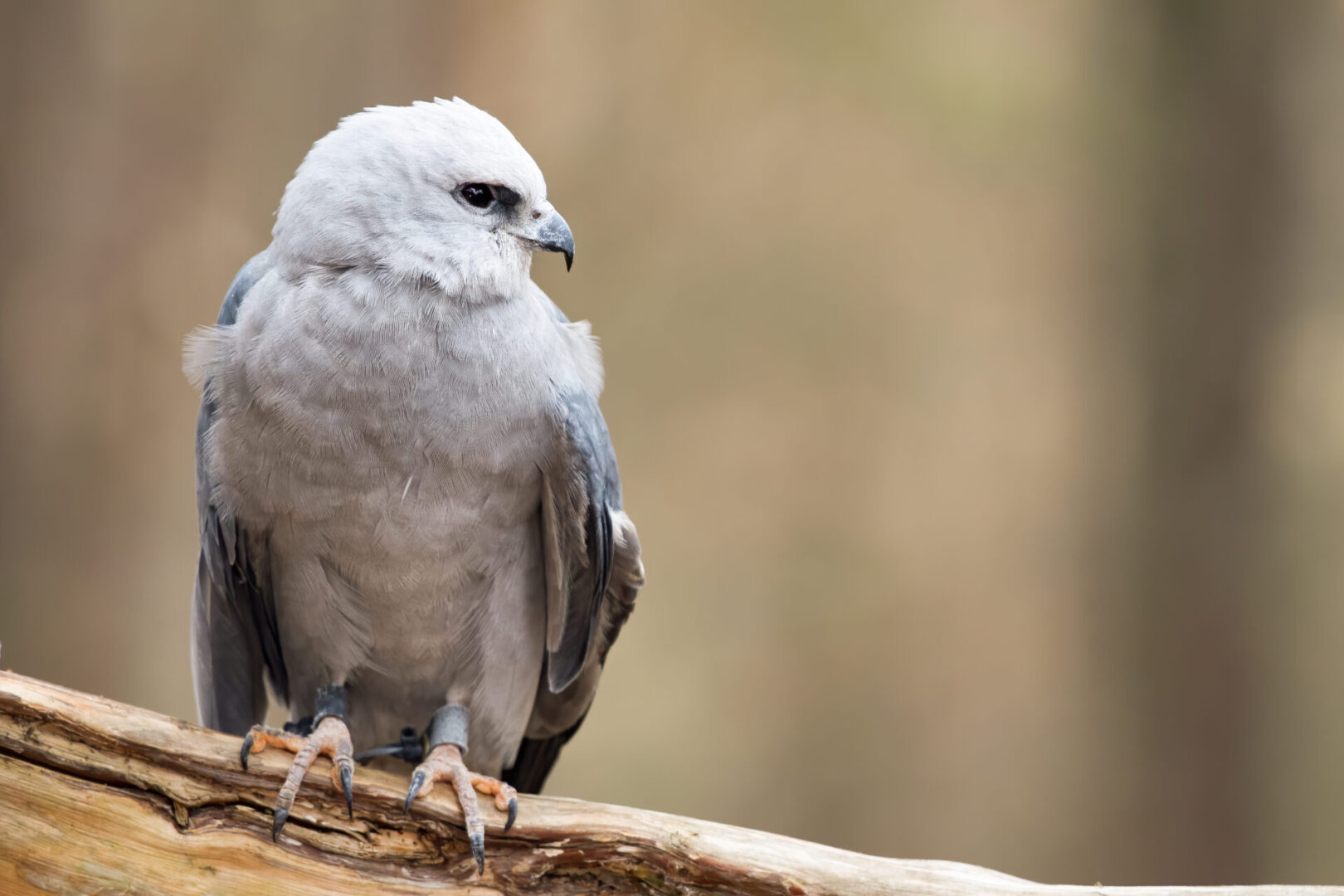Love is in the Air
Yep, it’s that time of year. White-tailed bucks are checking out the girls. They aren’t very particular, however, and certainly aren’t faithful to only one doe. Bucks mate with a number of does and there’s only a small percentage of males that mate with most of the females.
Generally speaking, a doe will give birth for the first time at about two years old. White-tailed does go into heat multiple times during the breeding season and the heat period lasts 24 hours. If the doe doesn’t conceive during a heat period, she’ll go into another heat period 28 days later. Once pregnant, the gestation period is about 200 days and she won’t show any signs of pregnancy until the third trimester. Her belly will be enlarged, she cleans her fur frequently and she appears to be on high alert. It’s not uncommon to see several does traveling together in groups for safety. Once it’s time to give birth, Mom will look for an area of tall grass or an area with heavy vegetation so the fawn will be well hidden. Most does give birth to twins but they can give birth to 1, 2, 3 or even 4 fawns.
The birthing process is similar to many other mammals. The doe will lie on her side and once the baby is partially out, she will stand up. Once the baby is completely out, it will have the first feeding. She cleans the baby which removes any traces of her scent. This leaves the baby nearly scentless which protects it from predators. The baby can usually stand within 20 minutes of birth at which time Mom will move it to another vegetated area.
For the first few weeks, the baby is fragile and it’s difficult to keep up with the mom so it doesn’t even try. I don’t know how she does it but somehow Mom “tells” the babies to stay put until she gets back. She then heads out to forage. She can be gone for several hours and will occasionally go back to nurse if the coast is clear. This is when people with good intentions “kidnap” fawns thinking they are helping them. The best thing to do if you find a fawn is to observe from a distance. In the majority of cases, the mom will return to her baby. If a fawn should stray from the spot where the mom “parked” it, the fawn is innately trained to go back to the spot where the doe last left it.
At about a month of age, the fawn is strong enough to run and keep up with Mom. They are still considered fawns until they’re a year old and then they are referred to as yearlings. Fawns and yearlings are at the greatest risk from predators and the mortality rate is about 40%.
During the second year of life, the males will be driven off by the mother prior to mating season to avoid inbreeding. Females will leave after 2 years or they may choose to stay around and form a family group.
I’m fortunate to live on an acreage in the ‘burbs where there are numerous deer. Every spring I look forward to seeing the fawns and watching them run as fast as their little legs will carry them trying to keep up with Mom. Simply adorable.






